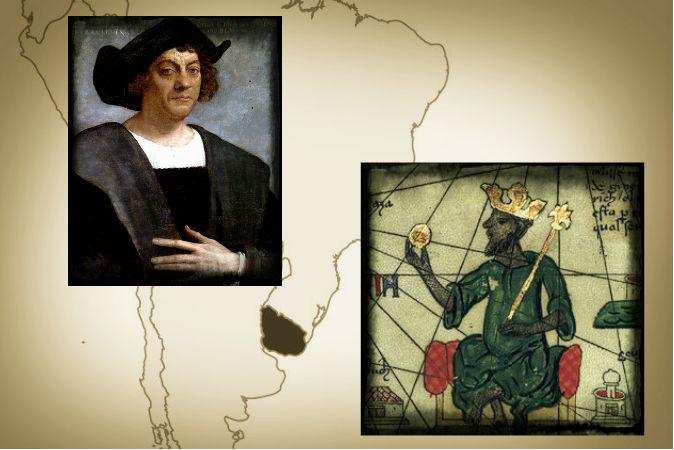Archaeoastronomer William James Veall scoured satellite images of Uruguay’s coastline, discovering a mass of inscriptions carved into the surface of a 2.3-mile (4,700-meter) long, white, crystalline rock formation. Studying the inscriptions, he realized that he may have found evidence of a successful expedition from the Old World to the the New World that predated the arrival of Christopher Columbus. And it wasn’t Viking script either. Thus, the inscriptions seem to have been left by an expedition not recorded in today’s history books.

A satellite image showing the inscriptive material discovered by archaeoastronomer William James Veall, on the South Atlantic coastline of Uruguay, South America. Courtesy of William James Veall





